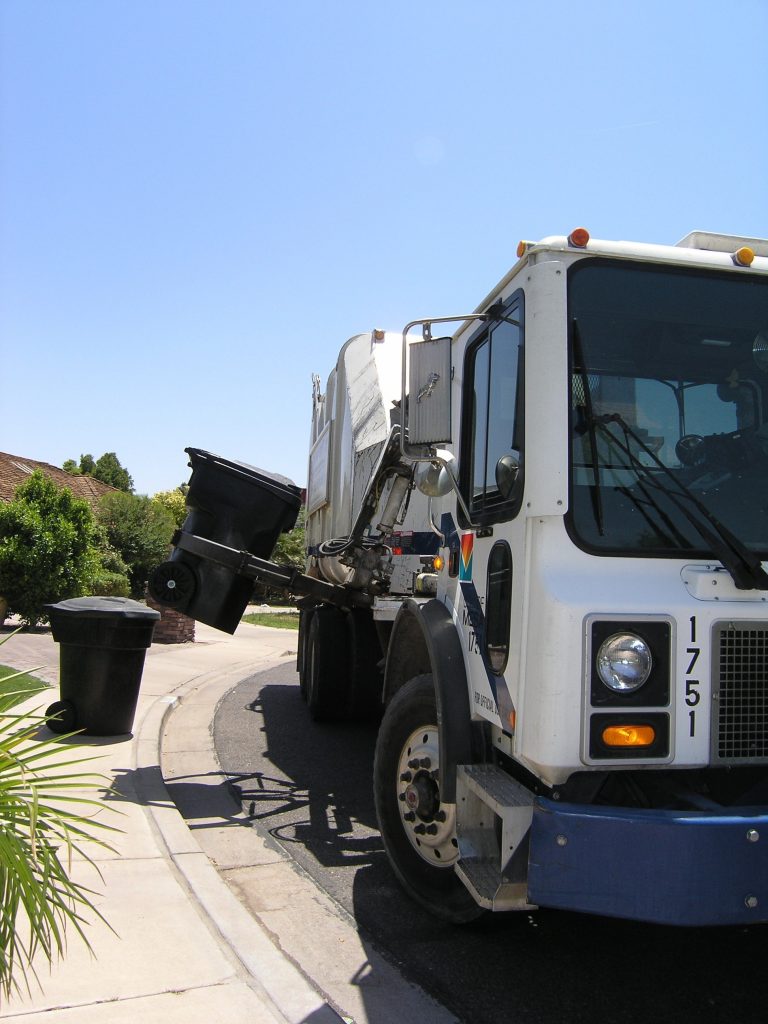Waste & material traceability solution for sustainable facilities

Solid waste is any material that is discarded as useless. All kinds of garbage materials from industrial, commercial, mining, agricultural operations, and community activities are considered solid waste. According to EPA, liquid, semi-solid, or contained gaseous garbage materials are also considered solid waste despite the word solid referring to being firm and stable in shape.
Solid Waste Management is the process of collecting, treating, and disposing of the aforementioned solid waste. As the world population keeps growing, waste will always be a challenge. It is essential to ensure the quality of waste management. Disposal affects not only inhabitants but also tourism, animals, nature, and health. This is why doing efficient and successful solid waste management operations is essential.
There are six types of solid waste management. These are;
One of the main solid waste management types is municipal solid waste. The meaning of municipal solid waste refers to domestic household waste that consists of everyday items discarded as useless. It is a significant contributor to the waste industry, as we can understand from the municipal solid waste definition.
Since the first municipal dump was created in ancient Athens about 2400 years ago, all the business processes have changed significantly. It is necessary to implement innovative solutions to such an important topic. Innovation not only makes the business grow and expand but also become efficient, gains competitive advantage, penetrates the market, and essentially creates more profit.
It created a massive impact on the business process to change the manually adjusted routes into dynamic route optimization. Similarly, spending time on paperwork transformed into digital finance management. Innovations are too many to fit into one sentence.
If you have been following so far, you might want to continue reading some other solid waste management innovations.

As we have stated, solid waste management begins with the collection process. Since the garbage containers are the visual representatives of the waste management process, it is beneficial for companies to adapt to innovative ways of tracking containers. With wireless sensors embedded in containers, it is possible to view the containers’ fill levels along with temperature and live location. This innovation enables managers to optimize the solid waste management process and increase their control.
With the data coming from sensors, optimizing garbage truck routes is more efficient. Preventing unnecessary container visits and saving time, money, and energy are important for cost reduction. Companies must be able to respond to changes quickly. The newest innovations enable companies to act in a scalable and adaptable manner. From fleet management to workforce management, asset management, and even finance, every step of solid waste management could be taken care of by customized and innovative solutions.
Solid waste management is a complex process. It can be challenging to decide on the most efficient way in each process. Processing all the data available from software and hardware used in waste management might not be easy for human beings. Why not let artificial intelligence take care of it for you? At every step of the way, a virtual assistant amplified with detailed data is ready to assist all kinds of managerial decisions.
There are many components used as solutions for waste management. Each one of them satisfies a different need and creates value. A variety of datasets are generated and stored by the components in order to be used. IoT based waste management enables devices to connect and bring innovative approaches to make the process more efficient.
Get stronger with innovative solutions. Learn more from Evreka’s professionals and get your customized solution packages!